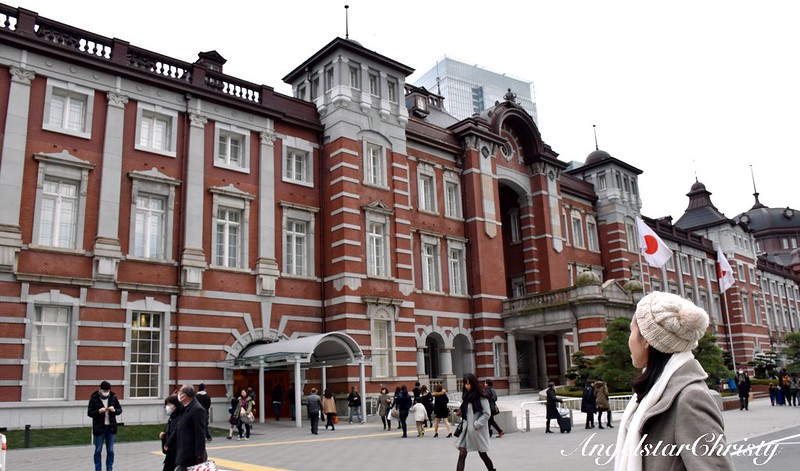
Getting around in Japan is relatively convenient with the well-connected high speed rails in the form of bullet speed trains (Shinkansen) and the multiple subway or lines running all over the country.
It is probably the main mode of transportation and definitely the most convenient, though it may not be particularly easy especially for first-timers or even tourists to the country when it comes to figuring out the multiple and varied intersecting railway lines/networks in place.
Still, it is the best option for one to get around, as in most well-developed first world countries and if we are talking about Japan here, that definitely fits the bill perfectly.
There is definitely no doubt that the capital of the country would be any less than superior when it comes to the rail transportation system.
This is definitely one well-planned and thought of implementation of a transportation system that I am sure many developing countries could take a pointer from.
With so much time spent on commuting on the rail system; with all that boarding and alighting, it is just natural that we often find ourselves in the stations.
(Most of the time, checking the railway network map/directory and rushing from one platform to another to make it in time for the departure to the next destination).
Of all these stations, there are always the main interchange station; the ones where most of the major rail exchanges take place as one switch from one line to another, or even to board a different rail system altogether (Shinkansen, subway, JR Line) which are often highlighted or circled to emphasize its status as that anchor station.
There is definitely more than one, but there is still, always that one main point; the mother of them all.
In that case, we are referring to the Tokyo Railway Station.
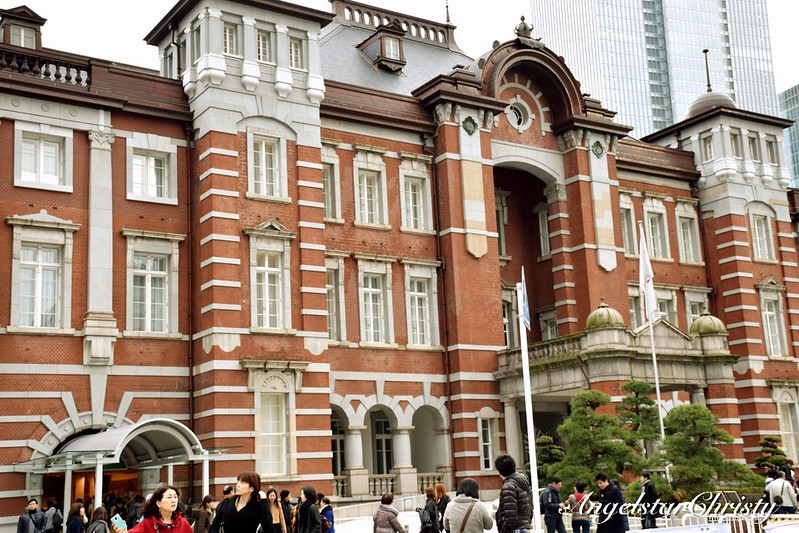
This is definitely the main railway station, not just in Tokyo but also in the whole of Japan as while the other key interchange stations allow for domestic exchanges (within the city), this mother of all the railway station allows for intercity rail exchanges which allows one to get around Japan.
With so much action in place (and more confusion in tow), it is no wonder that this is the country's busiest station and the number of trains running through the station are marked in thousands; well, 3,000 to be exact, in one single day.
While it is the busiest with all those trains running around, in terms of the passengers squeezing themselves through the doors and into the carriages, the Tokyo Railway station only ranks the fifth-busiest.
(So this is not the one with the most sardine-packed scenarios yet, it is all the way at the fifth position)
In terms of passengers throughput (read sardine-can situations), that crown belongs to Shinjuku station (yeay, I stayed in that area. I don't know why I feel the need to cheer, but there you go, I can say that I have been there, done that)
Commonly referred to as Tokyo station(東京駅 Tōkyō-eki), in plain terms among the locals/commuters, this station is located near the Imperial Palace, and is accessible from the Ginza district.
It is located right in the Marunouchi district of Chiyoda in Tokyo.
Brief History
Plans for a centralized station initiated in 1889, followed by the Imperial Diet which then called for the construction of this station; to be named Central Station(中央停車場 Chūō Teishajō) in 1896 which is to be located right in front of the Imperial Palace gardens.
However it was only in 1908 that the construction of the station really commenced, where the delay was caused by the First Sino-Japanese War and the Russo-Japanese War.
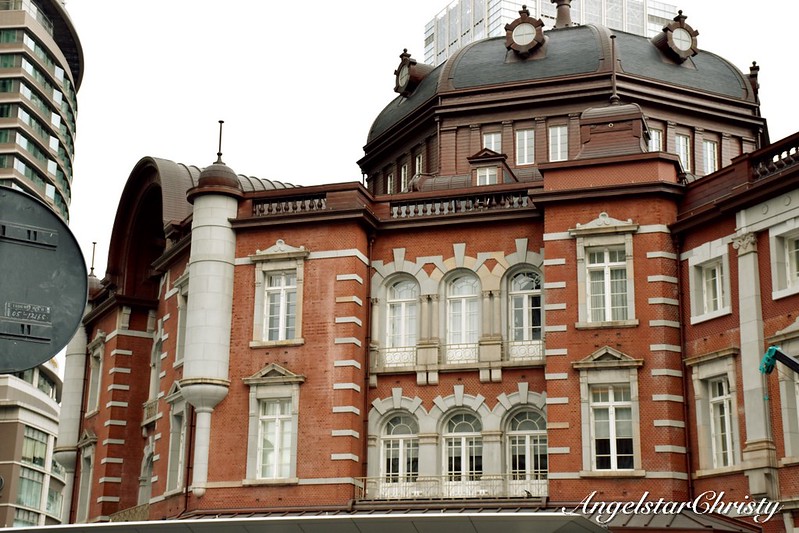
Local Japanese architect Tatsuno Kingo designed the three-story brick building, which was part of a restrained celebration effort of Japan's victory in the Russo-Japanese War; one that was really costly for the nation.
The whole construction process took six years and in 1914, December 20, Tokyo Station was finally opened, with only four platforms at that time.
Following a series of refurbishments and a major destruction due to a B-29 firebombing in 1945, the current facade of the Tokyo Station that we are seeing was unveiled in 2013.
There are still ongoing proposed developments for the upgrading of the station.
Interesting things to know about Tokyo Station
1. It is said to resemble Amsterdam Central Railway Station in the Netherlands , though such claims have been refuted by the designer and also a scholar of Western architecture, Terunobu Fujimori.
2. The original station was mostly destroyed in a B-29 firebombing in 1945, leading to a re-construction of the building which took place in only a year.
The rebuild had a few changes such as the replacement of the domes with angular roofs and reducing the building to only two storeys (from the original three).
It was this new face which led to the misperception that the station was modeled after the Amsterdam Central Railway Station.
3. Two Japanese prime ministers were assassinated in the attempts in this very station.
Takashi Hara was stabbed to death in 1921 as he was about to board his train to Kyoto.
Osachi Homagochi was shot in 1930; where he succumbed to his injuries a year later.
Both assassination attempts were by rightists.
4. The station has "sister station" agreements with the following stations:
- Amsterdam Central Railway Station (The Netherlands)
- Grand Central Station in New York (USA)
- Hsinchu Station (Taiwan)
- Frankfurt Hauptbahnhof (Main station) (Germany)
I have always loved to learn about the historical background and the inspiration for the overall architectural design of the place, or building I am visiting.
It just makes me understand more about the place and even to appreciate every little thing about the place, for everything will definitely make more sense when you know about their story, or that whole timeline of events which took place before today.
Unlike human beings, buildings are not able to communicate or express themselves in the same way we could; or behave in a different way following the experiences they have gone through, or basically survived.
However, believe it or not, they may not be able to speak but it does not mean it is unable to convey in some way the events they have gone through.
The signs are somewhat displayed or could be even viewed clearly, if we were to pay close attention to them.
The walls, the structure, the decaying paint, the architecture, or simply, even the overall aura of the building.
I am not crazy, it really is not difficult if we were to pay attention.
Of course, there are always refurbishments or facelifts, but there are always signs which are just there, waiting to be uncovered, or never even.
All we need to do is just to pay that attention to the details, and for a start, that would be just to read up and do that little research on them.
Just the way we want to make a new friend, or get to know someone, we find out more about them, don't we?
We read autobiographies of famous people where their life histories are told by the pages.
It works just the same as places, or anything for that matter.
Even if you do not know everything about the building, it does not matter.
The place still tells you, in a way, directly.
The very fact that it still stands in its place, says a lot about it already.
It is a survivor, and that will definitely motivate you to find out more about it, especially when it comes to historical building.
Tokyo Railway Station is definitely one such place; surviving the many events and even rebuilds yet continue to thrive in importance for decades in the nation's eyes.
It is also set for more development to prepare for the Summer Olympics which will be held in the city in 2020.
That is indeed another milestone for the station, and I am sure it will continue to see many more to come, as one of the anchor railway station in Tokyo and also in Japan, as it continues to perform the daily duties as long as it holds the roles as the primary station where most of the rail and transportation action, including bus terminals take place right here, on this very ground.
Tokyo Railway Station.
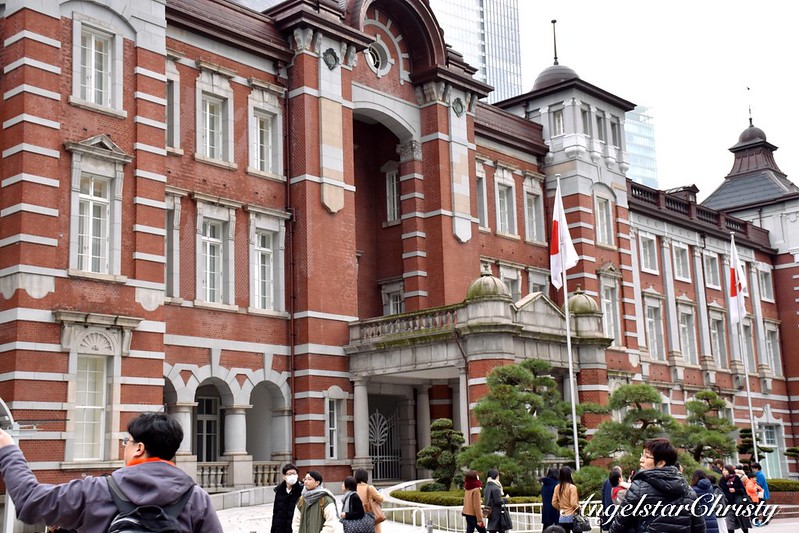
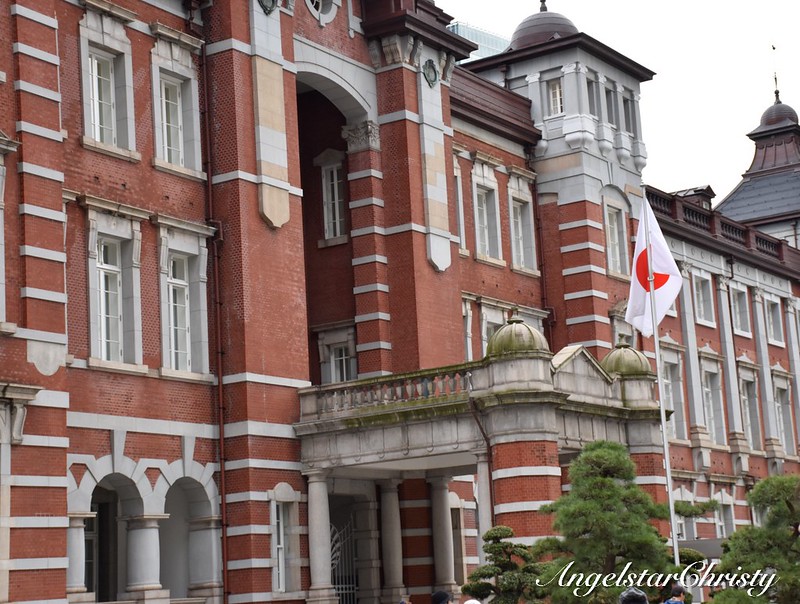

You do not have to agree with me.
Art Direction and Photography Styling by Me.
Photos/Videos all belong to me and are copyrighted.
Please kindly ask for permission if you need to use any of my images.
Check out my Pinterest @Angelstarc
Follow me on my live updates on my life, happening on SNAPCHAT @angelstarchrist



2 comments
This spot was not in our itinerary on my family trip to Japan end April but I requested that the guide took us there and the site did not disappoint us! Thanks for sharing.
ReplyDeleteHi Elaine!
ReplyDeleteThanks for dropping by and sharing that part of your trip too!
Yes, it was quite a place, and I just love train stations! :)
I'm glad you made it too!~